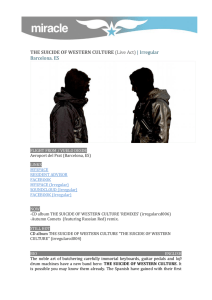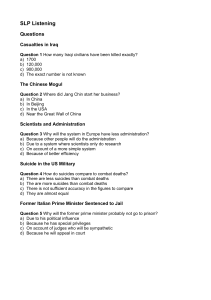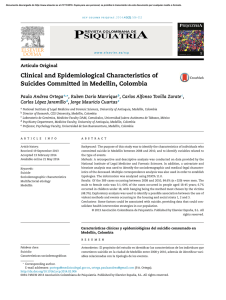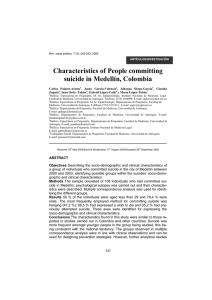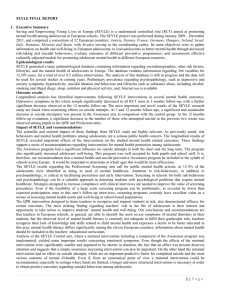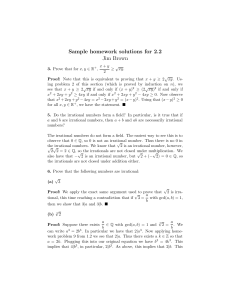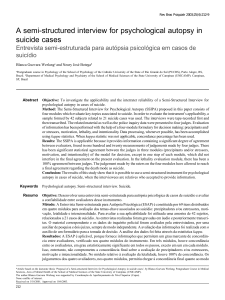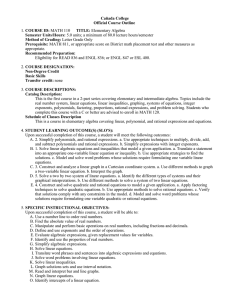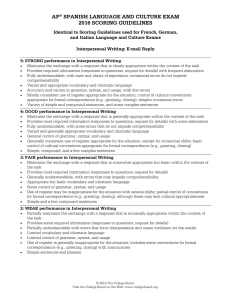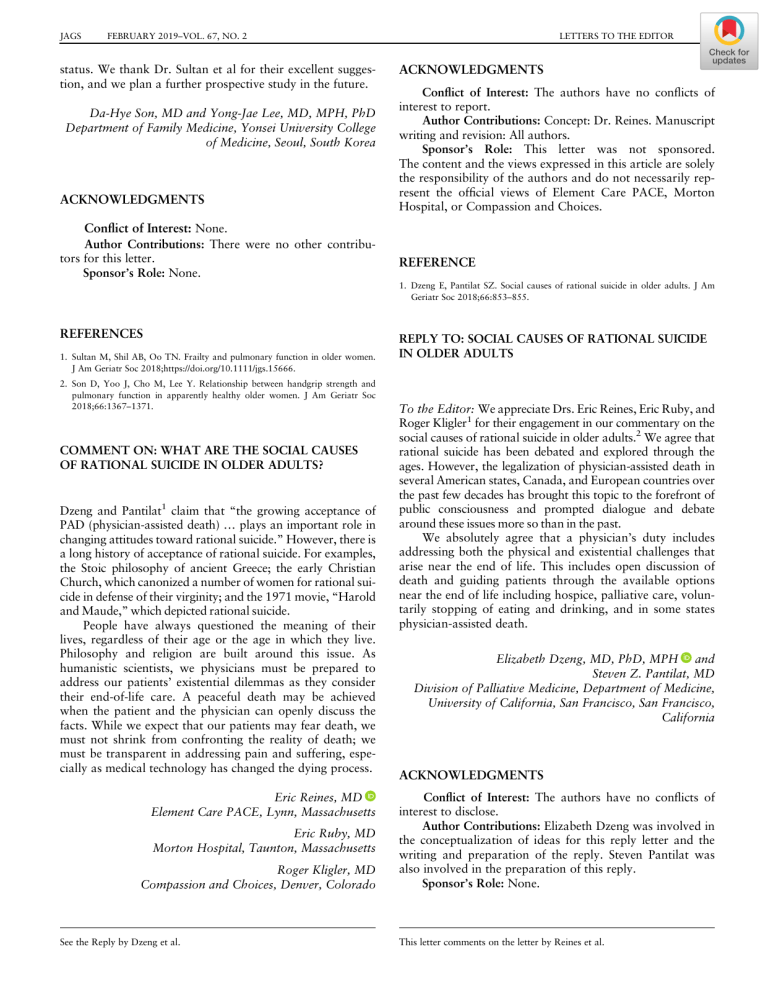
JAGS FEBRUARY 2019–VOL. 67, NO. 2 status. We thank Dr. Sultan et al for their excellent suggestion, and we plan a further prospective study in the future. Da-Hye Son, MD and Yong-Jae Lee, MD, MPH, PhD Department of Family Medicine, Yonsei University College of Medicine, Seoul, South Korea ACKNOWLEDGMENTS Conflict of Interest: None. Author Contributions: There were no other contributors for this letter. Sponsor’s Role: None. LETTERS TO THE EDITOR 407 ACKNOWLEDGMENTS Conflict of Interest: The authors have no conflicts of interest to report. Author Contributions: Concept: Dr. Reines. Manuscript writing and revision: All authors. Sponsor’s Role: This letter was not sponsored. The content and the views expressed in this article are solely the responsibility of the authors and do not necessarily represent the official views of Element Care PACE, Morton Hospital, or Compassion and Choices. REFERENCE 1. Dzeng E, Pantilat SZ. Social causes of rational suicide in older adults. J Am Geriatr Soc 2018;66:853–855. REFERENCES 1. Sultan M, Shil AB, Oo TN. Frailty and pulmonary function in older women. J Am Geriatr Soc 2018;https://doi.org/10.1111/jgs.15666. 2. Son D, Yoo J, Cho M, Lee Y. Relationship between handgrip strength and pulmonary function in apparently healthy older women. J Am Geriatr Soc 2018;66:1367–1371. COMMENT ON: WHAT ARE THE SOCIAL CAUSES OF RATIONAL SUICIDE IN OLDER ADULTS? Dzeng and Pantilat1 claim that “the growing acceptance of PAD (physician-assisted death) … plays an important role in changing attitudes toward rational suicide.” However, there is a long history of acceptance of rational suicide. For examples, the Stoic philosophy of ancient Greece; the early Christian Church, which canonized a number of women for rational suicide in defense of their virginity; and the 1971 movie, “Harold and Maude,” which depicted rational suicide. People have always questioned the meaning of their lives, regardless of their age or the age in which they live. Philosophy and religion are built around this issue. As humanistic scientists, we physicians must be prepared to address our patients’ existential dilemmas as they consider their end-of-life care. A peaceful death may be achieved when the patient and the physician can openly discuss the facts. While we expect that our patients may fear death, we must not shrink from confronting the reality of death; we must be transparent in addressing pain and suffering, especially as medical technology has changed the dying process. Eric Reines, MD Element Care PACE, Lynn, Massachusetts Eric Ruby, MD Morton Hospital, Taunton, Massachusetts Roger Kligler, MD Compassion and Choices, Denver, Colorado See the Reply by Dzeng et al. REPLY TO: SOCIAL CAUSES OF RATIONAL SUICIDE IN OLDER ADULTS To the Editor: We appreciate Drs. Eric Reines, Eric Ruby, and Roger Kligler1 for their engagement in our commentary on the social causes of rational suicide in older adults.2 We agree that rational suicide has been debated and explored through the ages. However, the legalization of physician-assisted death in several American states, Canada, and European countries over the past few decades has brought this topic to the forefront of public consciousness and prompted dialogue and debate around these issues more so than in the past. We absolutely agree that a physician’s duty includes addressing both the physical and existential challenges that arise near the end of life. This includes open discussion of death and guiding patients through the available options near the end of life including hospice, palliative care, voluntarily stopping of eating and drinking, and in some states physician-assisted death. Elizabeth Dzeng, MD, PhD, MPH and Steven Z. Pantilat, MD Division of Palliative Medicine, Department of Medicine, University of California, San Francisco, San Francisco, California ACKNOWLEDGMENTS Conflict of Interest: The authors have no conflicts of interest to disclose. Author Contributions: Elizabeth Dzeng was involved in the conceptualization of ideas for this reply letter and the writing and preparation of the reply. Steven Pantilat was also involved in the preparation of this reply. Sponsor’s Role: None. This letter comments on the letter by Reines et al.
